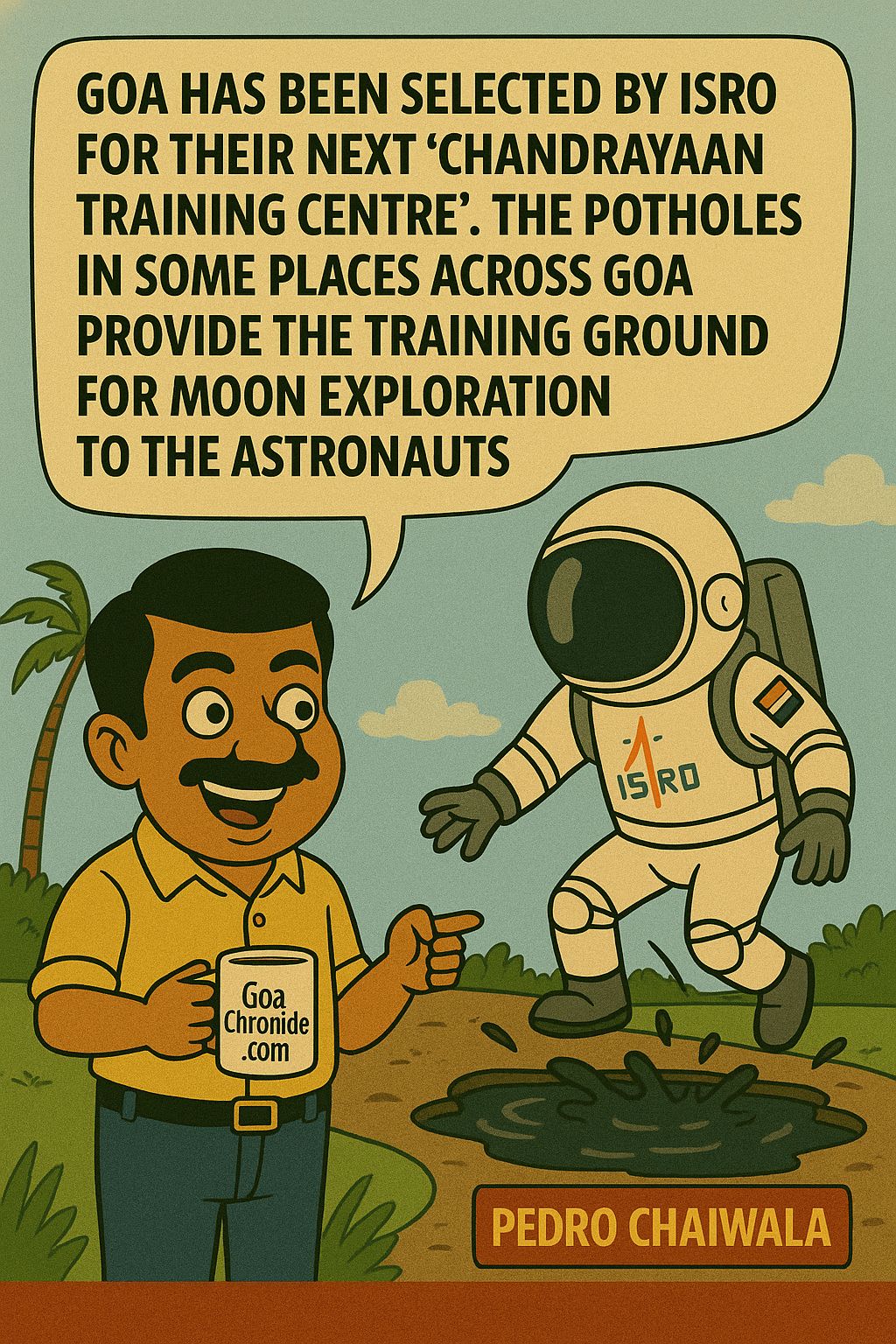It is an honest observation, cows have lost all the importance that they enjoyed in the past, in present day society we feel that cows are important only because they yield milk and we look at them only as a source of milk.
Recently, the National President of the Organic Farmer Producer Association of India, revealed they had received an order from Kuwait for 192 metric tonnes of cow dung cakes. The agricultural scientists of Kuwait, after extensive research, found that the use of indigenous cow dung in the form of powder in the date crop has shown an increase in fruit size as well as an expected increase in production.
Apart from this order from Kuwait, mapping the organic products market from India will show you that the demand for organic manure is increasing continuously. Many countries have found after research on indigenous cow dung that it cannot only increase the production of crops, but the use of the products produced from it can relieve humans from serious ailments.
According to the Livestock Census 2019 the total cattle population in India is 192.49 million.
Cow dung is often referred to as a ‘gold mine’ owing to its vast applications in the areas of agriculture, energy resource, environmental protection, and therapeutic applications.
Cow dung serves as manure or organic fertiliser, and is known to escalate soil fertility exponentially. Food products available in the country today are so heavily contaminated with the pesticide residue.
Scientifically known, cow dung consists of undigested residues of consumed matter which has passed through the cow’s gastrointestinal system. It contains organic matter and fibrous material like cellulose, lignin and hemicellulose.
With the perennial problem of a rising population in India, pressure on agriculture to enhance food production to the meet the rising mouth to feed. The situation is graver when we take into account the fact that the imprudent use of chemical fertilisers has led to the decline in soil fertility.
The solution to the impeding of crisis of agriculture produce to meet the growing demand of the Indian population and encourage the desisting of the usage of chemical fertilisers is the use of cow dung as an organic manure. This not raises maximum agricultural productivity but it is also a sustainable manner to maintain better health of the soil.
Organic fertilisers disintegrate quickly and have no detrimental impact on surface or groundwater, making them safer for humans, animals, birds, and anything else that comes into contact with them. These fertilisers have a long shelf life and improve soil structure while enhancing water and nutrient retention capacity. They are favored for producing residue-free agricultural produce since they are slow-releasing, non-toxic fertilisers that do not leave any residues in the food. As a result, factors such as the growing need to increase agricultural production and increased awareness of the negative impacts of chemical inputs and the benefits of organic fertilisers help to drive significant growth of the Organic Fertiliser Market.
The push towards organic farming methods – no chemicals, better soil management and more biodynamic methods is slowly gaining immense momentum. Growing health and wellness trend has been laying a strong foundation for organic foods, with an increased number of health-minded consumers seeking better food quality and safety. This goes in line with the growing consumer awareness about the harmful effects of foods that are grown using synthetic fertilisers, thereby, propelling farmers to look out for equal substitutes in organic fertilisation.
The world market demand for organic agricultural products is growing rapidly about 20 percent per year. Based on the growth rate of about 20 percent per year, it is estimated that total sales of organic food products would reach USD 400 billion in 2020.
Reportedly, in India, 15 percent of the cow dung is utilised but 85 percent of cow dung ends up being wasted or unutilised. The estimated total wet cow dung production in India is 562 million tonnes. Cattle contributes around 60 percent while buffalos contributed around 40 percent of the total dung produced in India.
Cows can produce dung waste in large quantities every day. A cow weighing 450 kgs can produce up to 30kg of cow dung every day. Most of the cow dung is thrown on empty land or piled up at the cow shed.
Some studies on cow dung have revealed that the accumulation of cow dung waste in the environment results in environmental quality this is because the dirt that is disposed of directly is still hot and it can inhibit plant growth.
Numerous studies conducted on the potential of cow dung as an economic source have indicated that cow dung can be utilised as an organic fertiliser instead of chemical fertiliser in agriculture. Conversion of cow dung into vermin-compost will be an additional source of income for the farmer but will also replace chemical fertiliser and will enrich the environment.
The most important fact of cow dung that cannot be overlooked is that it is inexpensive and an economically viable option that is locally available in most rural and some urban areas.
The Chhattisgarh government is expected to procure cattle dung worth Rs 1,730 crore annually from gothans. The Godhan Nyay Yojana, a rural economy development scheme launched recently to produce vermicompost from cattle dung procured from farmers, as a revenue model worth Rs 2,300 crore.
Reportedly the sale of organic fertilisers increased at 4.8 percent CAGR between 2017 and 2021, with states such as Madhya Pradesh, Maharashtra, Karnataka, Rajasthan, Uttar Pradesh, and Orissa accounting for a substantial portion of the Indian market. The organic fertilisers market in India is projected to expand, by value, at 7 percent CAGR during the forecast period of 2022 to 2032.
The India market for organic fertilisers is estimated to reach a value of USD 1.13 Bn by the end of 2032. Farming is estimated to remain the key application area of organic fertilisers. The segment is estimated to create around 85.3 percent of the overall incremental market opportunity.
The use of animal waste products as organic fertilisers continues to remain key source of choice in the European organic fertilisers market. Additionally, PMR analysis shows that Europe represents 56 percent of the overall global organic land under cereal cultivation, thereby, continues to remain linchpin for sales of organic fertilisers for cereals and crops production.
The escalating demand for organic food products is likely to create a dire need for large scale development of organic fertilisers in the forthcoming years, which in turn will create a wide field of opportunities for stakeholders. Sensing the growing demand for organic fertilisers, market goliaths have shifted their focus on expanding their organic fertiliser produce to capitalise on the growing unmet demand from consumers.
The organic fertiliser market can be characterized by the presence of a large number of unorganized companies playing at different levels in the industry.
According to a recent study, it revealed that in 2022, the animal-based sources segment is estimated to account for the largest share of the global organic fertilisers market. This segment is also expected to grow at the fastest CAGR during the forecast period. The high growth of this segment is attributed to the high nutrition value of animal-based organic fertilisers, quick action & response, low quantity requirements, and easy and huge availability of animal waste.
In 2022, Asia-Pacific is estimated to command the largest share of the organic fertilisers market, followed by Europe and Latin America. The large market share of this segment is attributed to increasing health awareness, huge areas under organic cultivation, rapid population & income growth, increasing mechanization and irrigation facilities, and the presence of several organic operators. Moreover, supportive government policies and initiatives by other organizations for the promotion and expansion of the organics industry further support the growth of the organic fertilisers market in this region.
In the financial year 2019, Statista reports indicated that India’s southern state, Bihar, produced nearly 3.9 trillion metric tons of organic manure. Andhra Pradesh, Chhattisgarh and Punjab were the other states with high organic manure yield.
The organic fertiliser or organic manure market is a gold mine. India needs to focus on the growing global demands for organic fertilisers because of the growing demand of organic foods,































